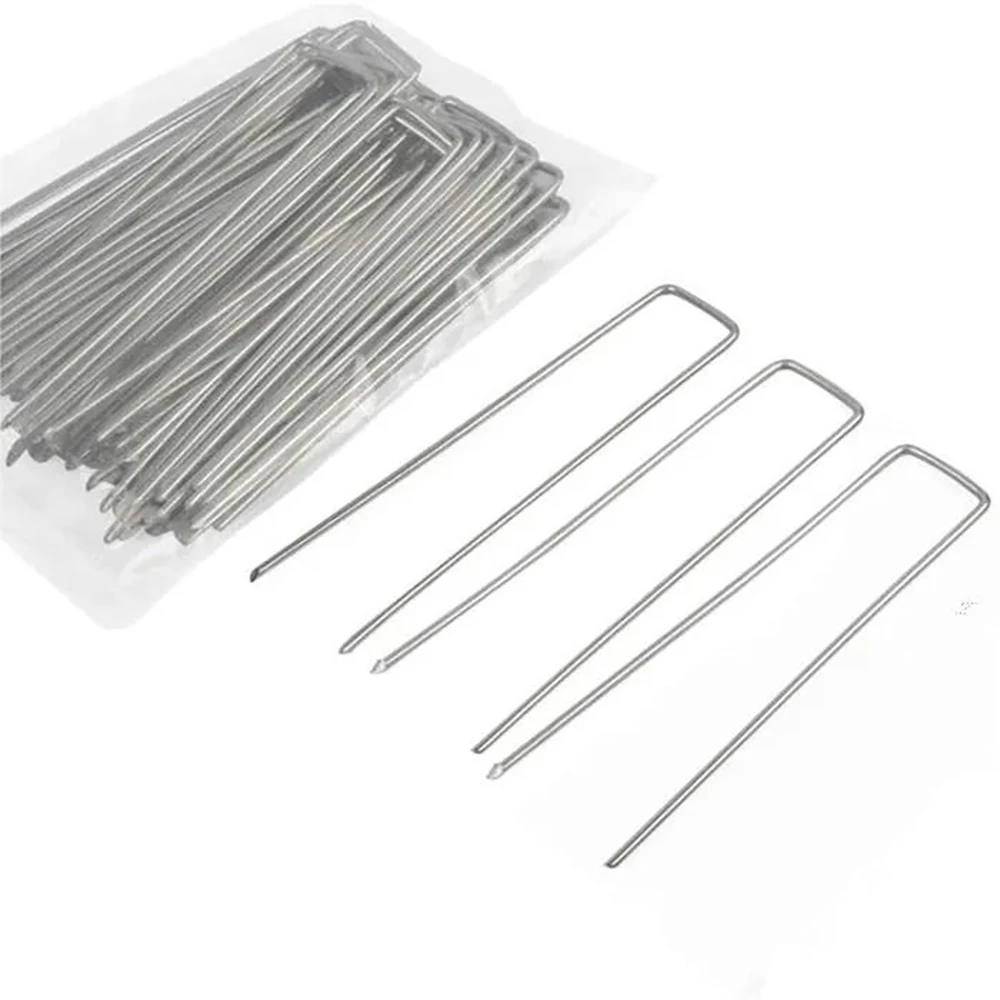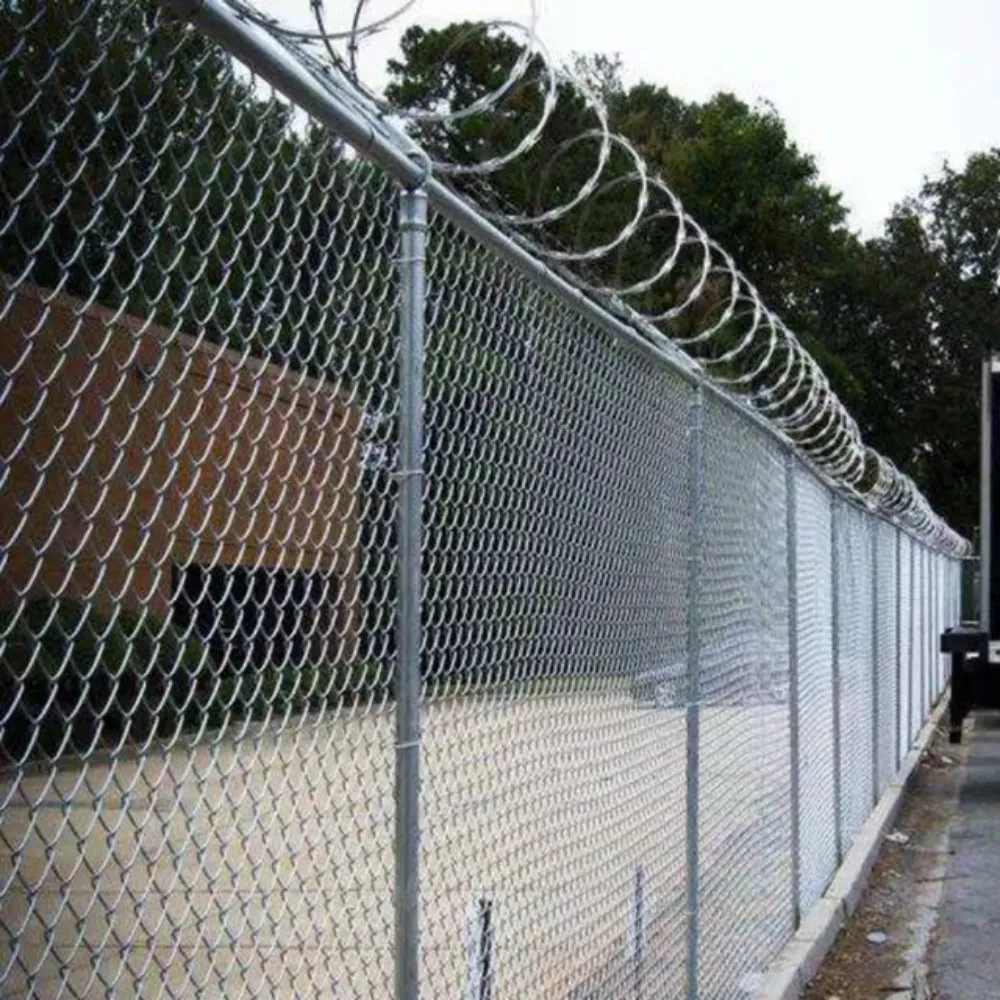Jan . 28, 2025 03:28
Back to list
electro galvanized welded wire mesh
Welded wire mesh, a popular construction and material choice in modern architecture and industry, plays a significant role in reinforcing structures and providing support solutions across various applications. Understanding the nomenclature is crucial for architects, engineers, and construction professionals to make informed decisions regarding its usage.
Welded wire mesh is often specified using a series of numbers and letters that might seem confusing at first. For instance, an identifier like WWF 8x8-W1.4/W1.4 can seem perplexing but is informative once understood. The first sequence, ‘8x8’, indicates the spacing of the wires in inches, while the ‘W1.4’ denotes the wire gauge or diameter in terms of cross-sectional area. Mastery of this nomenclature ensures not only the acquisition of appropriate materials but also the seamless integration of them into the design process, enhancing the overall quality of the construction. Beyond construction, welded wire mesh is utilized in industrial applications, such as cages, racks, and even artistic installations. Each of these uses benefits immensely from the bespoke capabilities offered by understanding and utilizing the correct mesh specifications. In our years of experience dealing with industrial applications, optimized mesh solutions have frequently translated to increased efficiency and reduced material wastage, directly impacting the bottom line positively. Trust in a welded wire mesh provider is built through transparency and quality assurance. We recommend partnering with manufacturers who adhere to industry standards, such as the ASTM or ISO specifications, to ensure product quality and consistency. These manufacturers provide test certificates and specifications, offering credible solutions which boost trust for professionals relying on their products. In conclusion, the nomenclature of welded wire mesh is more than just an identifier for a product; it is a key part of project planning and execution. Knowledge of this nomenclature empowers professionals to make informed choices, ensuring safety, efficiency, and durability in construction and industrial applications. Investing time in understanding the intricacies of wire mesh selections not only saves time and resources but significantly enhances project outcomes. With our industry insights and expertise, we advocate for a knowledgeable approach to selecting welded wire mesh, fortified by trust and credibility in the sourcing processes.


Welded wire mesh is often specified using a series of numbers and letters that might seem confusing at first. For instance, an identifier like WWF 8x8-W1.4/W1.4 can seem perplexing but is informative once understood. The first sequence, ‘8x8’, indicates the spacing of the wires in inches, while the ‘W1.4’ denotes the wire gauge or diameter in terms of cross-sectional area. Mastery of this nomenclature ensures not only the acquisition of appropriate materials but also the seamless integration of them into the design process, enhancing the overall quality of the construction. Beyond construction, welded wire mesh is utilized in industrial applications, such as cages, racks, and even artistic installations. Each of these uses benefits immensely from the bespoke capabilities offered by understanding and utilizing the correct mesh specifications. In our years of experience dealing with industrial applications, optimized mesh solutions have frequently translated to increased efficiency and reduced material wastage, directly impacting the bottom line positively. Trust in a welded wire mesh provider is built through transparency and quality assurance. We recommend partnering with manufacturers who adhere to industry standards, such as the ASTM or ISO specifications, to ensure product quality and consistency. These manufacturers provide test certificates and specifications, offering credible solutions which boost trust for professionals relying on their products. In conclusion, the nomenclature of welded wire mesh is more than just an identifier for a product; it is a key part of project planning and execution. Knowledge of this nomenclature empowers professionals to make informed choices, ensuring safety, efficiency, and durability in construction and industrial applications. Investing time in understanding the intricacies of wire mesh selections not only saves time and resources but significantly enhances project outcomes. With our industry insights and expertise, we advocate for a knowledgeable approach to selecting welded wire mesh, fortified by trust and credibility in the sourcing processes.
Share
Latest news
-
Innovations in Razor Barbed Wire Design TechnologyNewsAug.11,2025
-
Roofing Nail Compatibility with Different Metal Roof TypesNewsAug.11,2025
-
Welded Wire Mesh for Rockfall Protection BarriersNewsAug.11,2025
-
Galvanized Wire Corrosion Resistance TestingNewsAug.11,2025
-
3D Fence Solutions Preventing Bird CollisionsNewsAug.11,2025
-
Using Chain Link Fence for Urban Garden SupportNewsAug.11,2025




